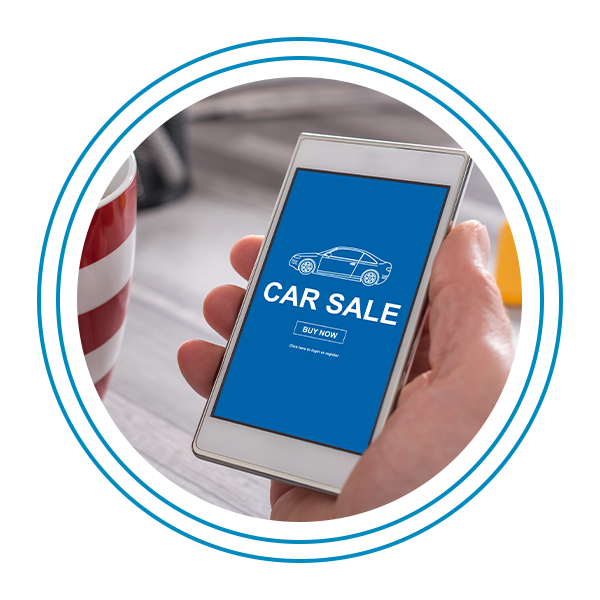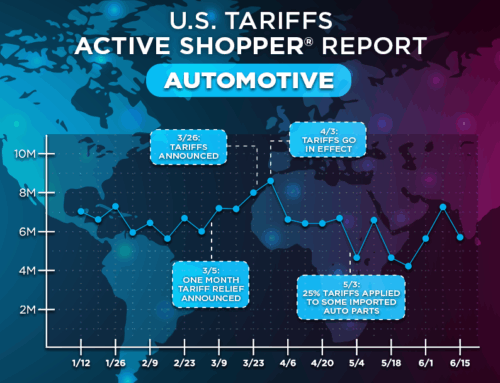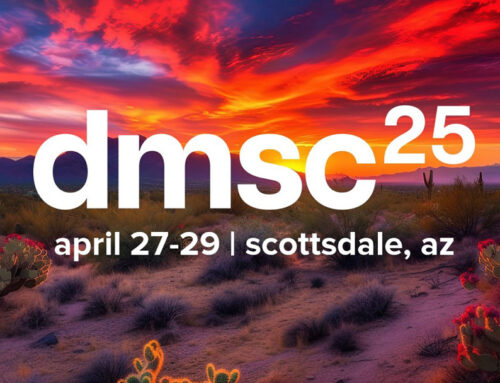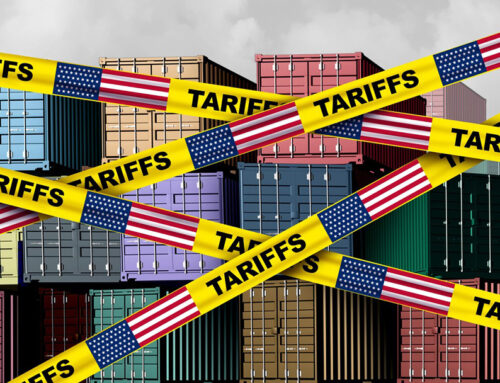New Buyer Pools: Conversations that sell cars in a post-COVID landscape

digital retailing. Many experts believe that digital retailing is the best path forward in this landscape. Some are positioning it as a panacea. Digital advertising is the immediate answer to help dealers win in the next 6-12 months. Conversations that sell cars to emerging buyer pools require a level of digital retailing adoption which many dealers have put on the back burner.
Before the pandemic, 92% of shoppers were doing their research online1. The full buying journey has been steadily following suit. The Covid-19 crisis changed everything and few shoppers will emerge seeing or living life the same as before. In just ten weeks, Covid-19 put a greater emphasis on online shopping for everything, including vehicles. I believe, online shopping will play a role in every vehicle purchase going forward.
The Covid-19 crisis created two separate buying pools. Understanding these shopper personas is pivotal as we approach the new automotive reality.
Late Adopters
We’re starting with these shoppers, because they represent the group automotive dealers are most familiar with. The Late-Adopters make up the majority of sales. They are 35+ year-old car shoppers who, prior to Covid-19, researched vehicles and shopped online. However, they were less likely to begin the buying process on the Internet. You know the type: this individual shops in anonymity and shows up at the dealership armed with competitive pricing, trade-in and financing information gathered online from multiple websites.
Pre-Covid, the number of shoppers willing to submit a lead fell below 10%. Why? These shoppers wanted to maintain control of the buying process until they walked in unannounced to complete their purchase in person.
Covid-19 has shifted the paradigm for many of these shoppers. During Covid-19, we’ve seen lead submission increase. Specifically, lead submission via social media has increased by 30%. The Late Adopters are now looking to consolidate more of the buying process on a dealership’s website in order to limit their time in the dealership itself.
HOW TO ENGAGE WITH THE LATE-ADOPTERS
1. This is the group where training your staff really pays off.
According to EY’s Automotive retail 2030 study, 27% of shoppers said salespeople are the most crucial component of purchasing a vehicle. Second and third included price and brand respectively. In the same study, customers said service orientation and expertise of the salesperson are the most critical. As engagement with the sales team moves away from the dealership and closer to home, you must equip your team to engage in a dialogue relevant to the shopper.
I often hear dealers refer to all leads as though they are the same conversation. If your digital retailing efforts are to work, it’s necessary to invest in training for your sales team and BDC. Prepare them to recognize the various ways shoppers start a buying conversation and adapt their style accordingly. Focus these adaptations around the following:
1. The reason they submitted a lead
2. Answering the questions they asked
3. Taking proactive efforts to fulfill their needs before they come into the dealership.
It’s time to re-think your approach to lead follow-up and adjust to the post-Covid reality.
2. Reinforce a culture of responsiveness.
Four out of five customers buy from the first salesperson they come into contact with. Prior to Covid fewer leads were submitted online. The onus rested on your sales team’s responsiveness on the showroom floor. In a world of digital retailing, you must have the tools (chat, sms) to respond with urgency and the mentality (a well-trained sales team) to be the first to respond in a relevant way.
Another way to support this culture is to invest in marketing initiatives that identify shoppers at the start of their buying journey. This puts your team in position to be the first contact. Dealers tell us this approach, when combined with the Daily Active Shopper Network®, drives success and conversions during Covid-19 as this group of buyers changes their paradigm and buying style.
First-Time Buyers
Although they are more prevalent in metropolitan areas, a surge of individuals purchasing their first vehicle due to Covid-19 has been observed. These are also the buyers most interested in a digital buying experience. These buyers tend to be digital natives and make up the buyer pool that was the smallest prior to Covid-19.
Today, 45% of those under age 35 who have never owned a car are interested in buying one. According to a Capgemini report, these individuals consider it the safer option to ride sharing and public transportation. Because of this, they are taking action. In a recent interview with the Wall Street Journal, it was reported that this group accounted for 60% of VW’s car buyers as the country re-opened. Most of these first-time buyers are Millennials and that in itself, informs how dealers should be preparing to engage this group.
HOW TO ENGAGE WITH FIRST-TIME BUYERS
1. This is the group where your digital retailing investment has the most immediate pay off.
Spend time with this group and you quickly learn, they prefer chat to phone calls. They prefer text to email. These buyers have been shaped by Uber, a platform designed to locate, secure and pay for transportation digitally. Configure your website with the messaging, user experience and tools that facilitate conversations with this group. Allow them to do as much as possible from their devices.
2. Communicate digitally.
Remember, digital retailing is about creating opportunities to allow shoppers to complete more of the process online. For this group, a significant part of the process is communication.
When they are ready to engage, expect them to communicate digitally. The key is be ready to reciprocate their style. What does this mean? If they reach out via chat, respond in chat. If they engage via social, respond via social or text. If they submit an online form, respond via email.
FINAL TAKEAWAY: THINK BEYOND THE TRANSACTION
What both buyer pools have in common is the start of the buyer journey. While digital retailing creates opportunities near the end of the journey, both groups start online. Your engagement strategy during the beginning of the buying journey must align with the end. Recent surveys of first-time buyers suggest they enter the market with open minds and the ability to be influenced. This group considers 3.3 brands when they first start shopping and they do their shopping almost entirely online.
While you continue to enhance your digital retailing capabilities, be mindful not to skip over the first half of the journey. Build a marketing strategy around identifying shoppers when they first start shopping and deliver an omni-channel message throughout their online journey.
Several dealers were already winning with digital retailing before Covid-19 and were positioned to see more immediate success when an unprecedented global pandemic locked down cities, closed showrooms and forced businesses online. Let’s be clear, I am not saying we should prepare today for online purchases to make up 100% of your business. However, we do know the circumstances of Covid-19 have rapidly advanced shoppers’ comfort and desire to complete more of the car buying process online. Getting on board is critical. The future of your business depends on it.
1) Google / Kantar Study
Schedule a demo today.
Give us 15 minutes of your time and we will show you how to engage with real shoppers as soon as they enter the market.
See firsthand:
-
How many people are actively shopping for a vehicle or looking to schedule service right now
-
How to reach them with highly efficient 1:1 marketing
-
How to drive more sales in less time with 27:1 ROI






 Your Privacy Choices
Your Privacy Choices